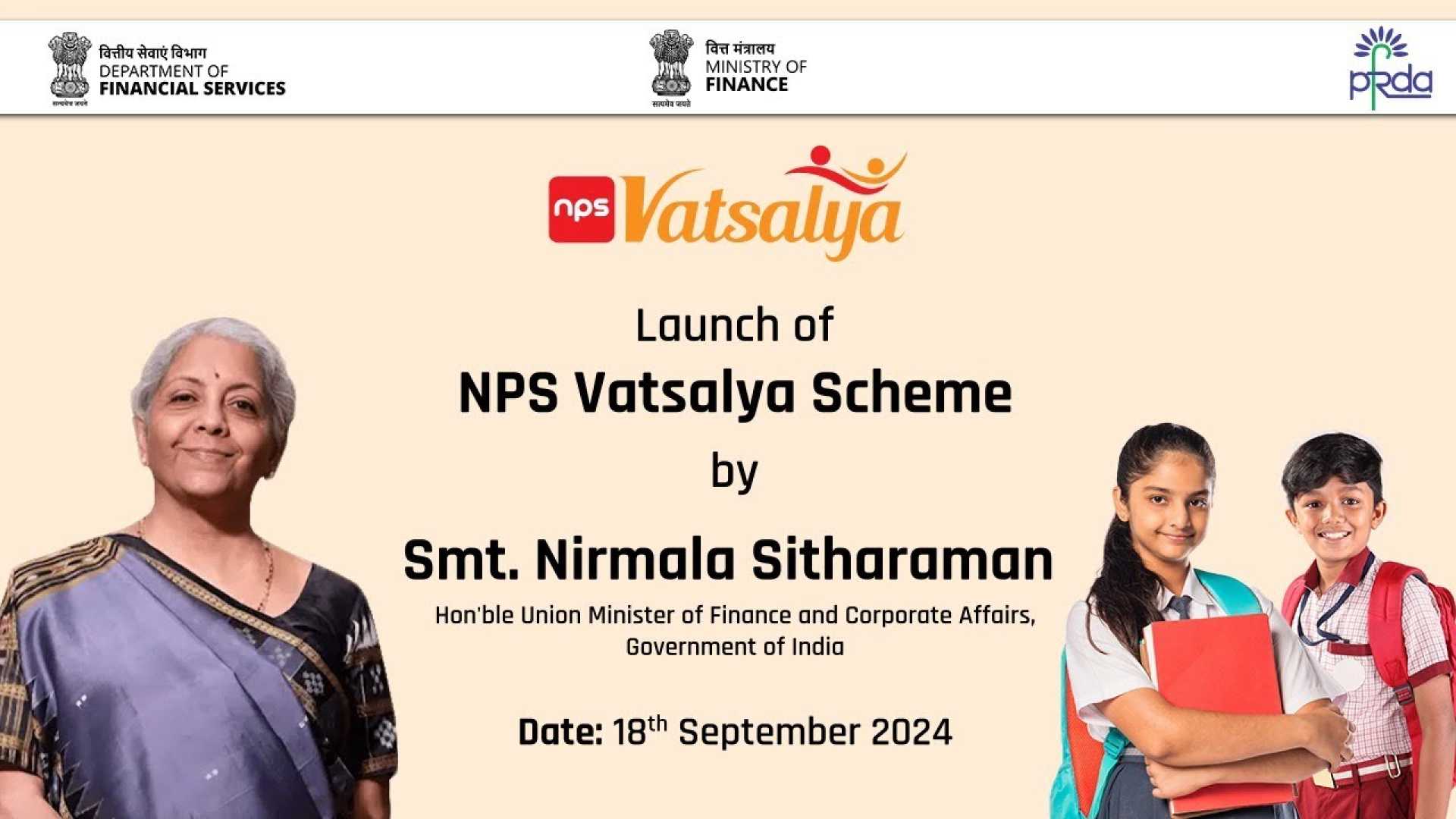News
NPS Vatsalya Initiative: Securing Childrens’ Financial Future

The Indian government has introduced a novel initiative within the National Pension System, named “NPS Vatsalya,” aimed at securing the financial future of children. Union Finance Minister Nirmala Sitharaman officially launched the NPS Vatsalya Yojana on September 18, 2024, following its announcement in the July 2024 Budget. This program will be administered by the Pension Fund Regulatory and Development Authority (PFRDA).
The CEO of Tata Pension Management, Kurian Jose, explained that through NPS Vatsalya, parents or guardians can start building a retirement corpus for their children from a young age until the age of 18. The account is opened in the minor’s name, operated by a guardian, and the minor is the sole beneficiary. All minors, defined as individuals up to 18 years of age, are eligible to participate in the scheme.
To open a Vatsalya account, a minimum initial contribution of ₹1,000 is required, followed by annual contributions of the same amount. The account can be opened at registered points of presence such as banks, post offices, and pension funds, both online and in person. Several banks, including ICICI Bank and Axis Bank, have collaborated with PFRDA to facilitate the NPS Vatsalya initiative.
Upon the child reaching 18 years of age, the account will seamlessly transition into a regular NPS Tier I account, allowing access to various investment features such as Auto Choice and Active Choice. NPS Vatsalya promotes early investment and structured savings, aiming to lay a solid financial foundation for young individuals. Kurian Jose emphasized that this approach encourages disciplined saving, allows for compounding benefits, and instills financial responsibility from an early age.
The scheme has reportedly yielded returns of 14% in equity, 9.1% in corporate debt, and 8.8% in government securities. If parents contribute ₹10,000 annually over 18 years, the investment, at an expected rate of return of 10%, could grow to approximately ₹5 lakh. Continuing the investment until the age of 60, based on varying rates of return, the corpus could potentially reach ₹2.75 crore at 10% RoR, ₹5.97 crore at 11.59% RoR, or up to ₹11.05 crore at 12.86% RoR. These figures are illustrative, based on historical data, and actual returns may vary.












